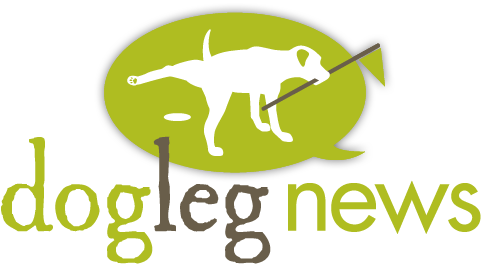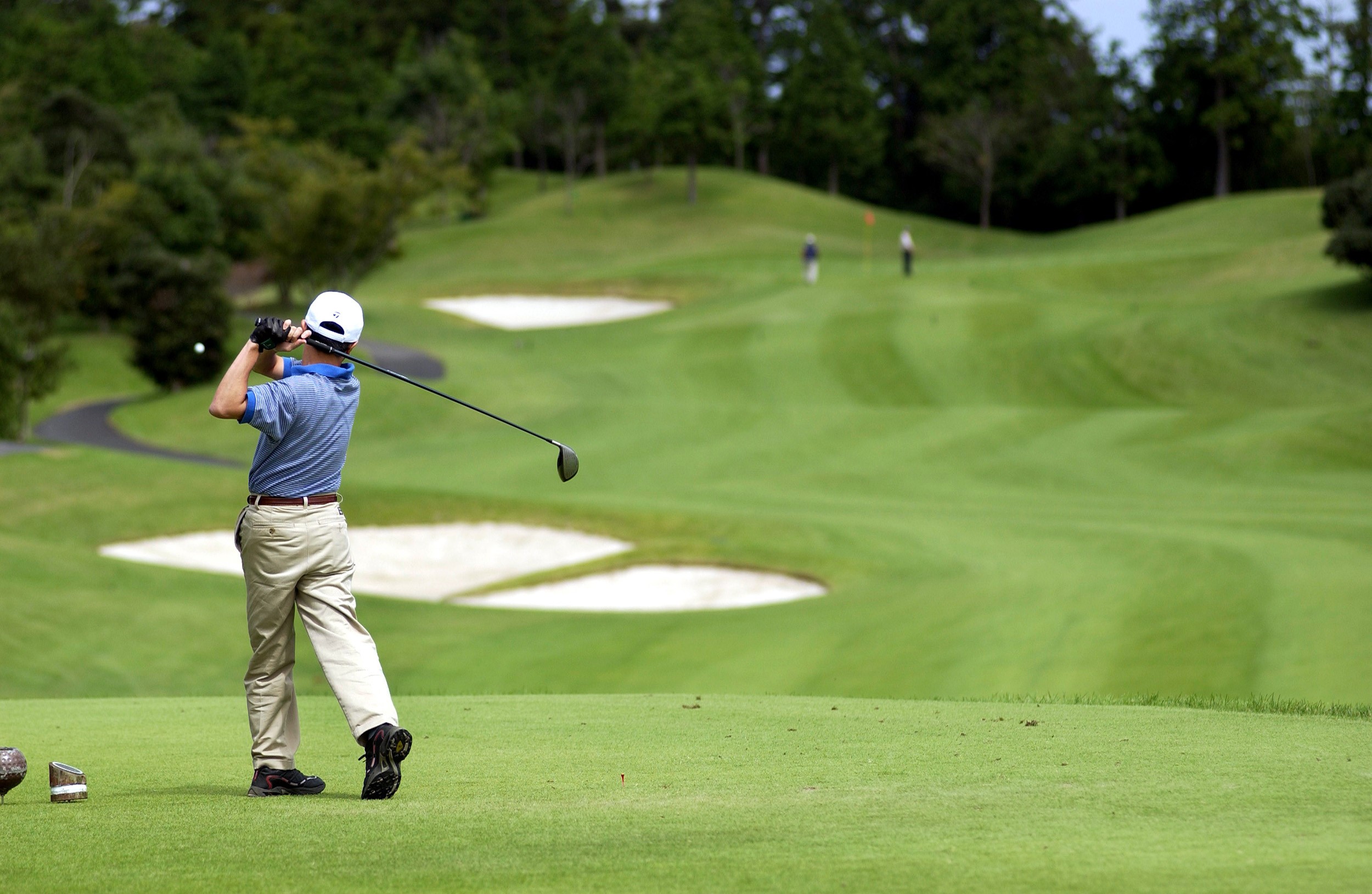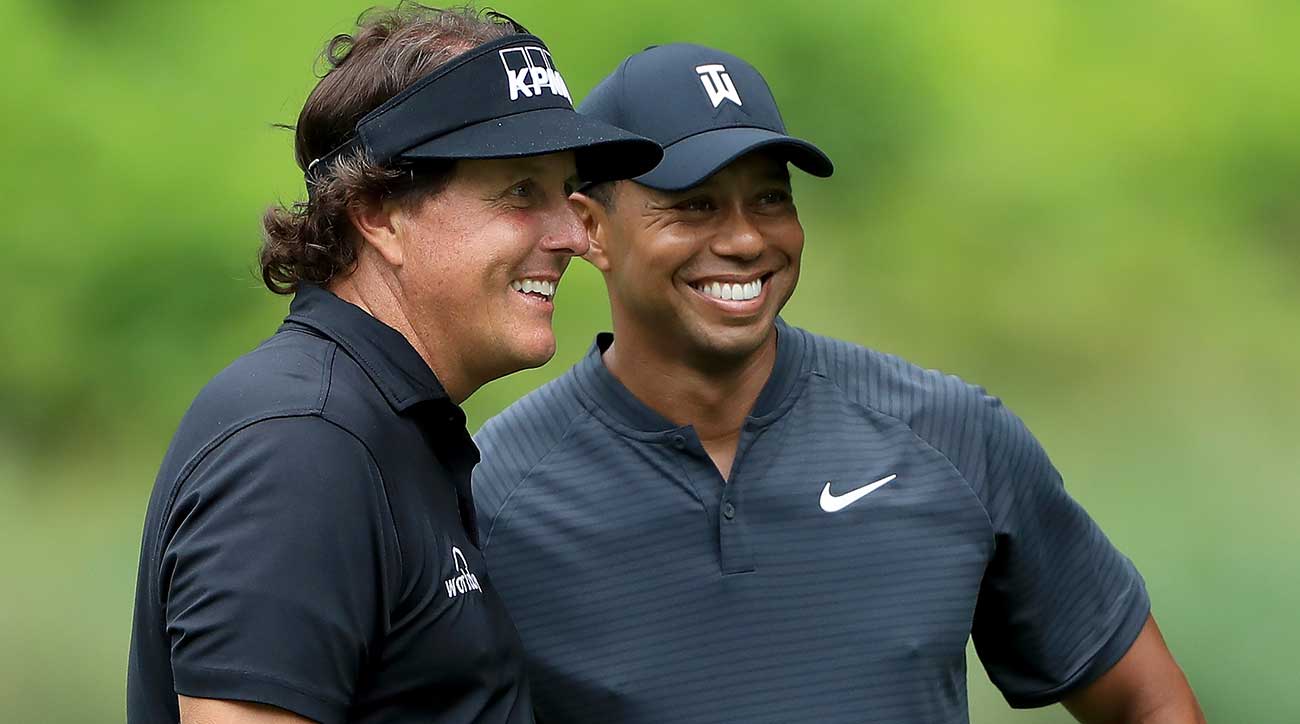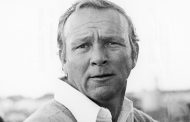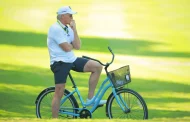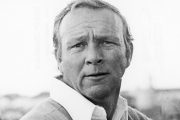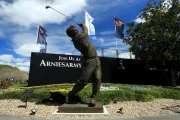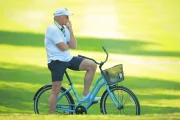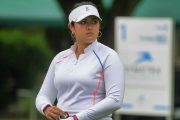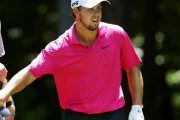Golf is ready to re-open.
No, not quite yet for those magicians we see on the tube each week who make it look so easy.
We’re talking golf for the masses — those of us who have loved and cherished this game for decades along with all the new lovers of the game who are learning about the joys and frustrations this game throws at us.
This week, by Wednesday, 44 states are expected to open to golf on some sort of scale.
A National Golf Foundation report expects nearly 80 percent of the nation’s courses to be open by mid-May and that’s good news for the industry. Speaking of the industry, those outside the game rarely speak of its economic impact. With the economy basically shut down, golf will be one small piece that can help begin the revival.
The golf industry creates more than two million jobs and has an economic impact of $84.1 billion. In every city and town in America, charities rely on local fundraisers, many of them one day events at a nice venue. All told, those events create more than $4 billion in charitable donations. Eat your heart out, PGA Tour.
The return will be slow and it will come in three phases as mapped out in the Back2Golf Operations Playbook. It is the bible for getting us back on track, using a combination of CDC recommendations and just plain common sense practices that have evolved to help squash the spread of the Corona Virus.
This Back2Golf document makes it clear golf must come back slowly and carefully. There’s no possibility for any kind of immediate return to “normal.”
The guidelines have a stern warning:
“While the intent is to move forward through each phase, it may be necessary based on health conditions or poor behavior by golfers to take a step backwards.”
So let’s take a quick look at the three “phases” that are outlined.
First is the “individual” phase. This has been instituted in those states, like Florida, that let courses stay open, depending on local county governments. The phase includes a preference for walking, single-rider carts, no bunker rakes, modified cups, closed clubhouses, virtual clinics and the suspension of any leagues or camps for the time being. Proceed with caution, no loitering in the parking lots.
Then comes the “Restricted” phase. It has the same limits on touch points on the course but it makes room for controlled group events of 50 or fewer, the opening of the golf shop and resuming clinics and camps with strict social distancing guidelines in place. This one may take a while, perhaps 45-60 days.
Finally, the “New Normal” phase includes recommendations for “a return to normal operations with enhanced sanitation and social distancing protocols.”
What we’ll have to see in the world of local golf is that preparing courses for golfers to return and adapting practices will have to be an ongoing initiative.
Golf is a wonderful outdoor activity, great exercise for those who can and choose to walk the course. It puts you in touch with nature in many cases. In Florida, you can often see alligators sunning themselves on the banks of large and small ponds. You see Ospreys catching fish, herons wading in the shallows, spearing their next meal. There are deer and all sorts of wildlife around us.
It’s a commune with nature. It’s a place to get away from the world for a few hours for those who have learned to enjoy the game and regard it as a privilege.
It’s a game we play well into our 70s and 80s, and, in some cases, even longer.
It’s the game of a lifetime and we need it more than we can imagine.
Which begs the question:
Has golf missed us as much as we miss it?

